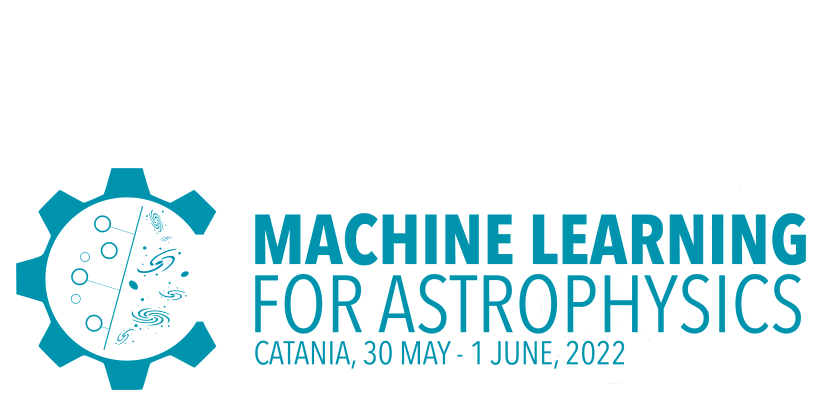Speaker
Description
Massive young star clusters are fundamental building blocks of galaxies, and the most abundant reservoirs of newly born stars in the Milky Way. A robust membership assignment is fundamental to study their populations and physical properties, since in the plane of the sky cluster members are often significantly outnumbered by Galactic field stars, as well as by faint distant galaxies. Traditionally, various methods have been used to separate these, including the presence of X-ray emission, infrared excess, spectroscopic youth features, and, to a lesser extent, proper motions. With the advent of the Gaia mission and its precision astrometry, we are now able to study complete stellar populations in massive young clusters at kpc distances, over areas much larger than ever before. In this contribution, I will present an application of the Probabilistic Random Forest algorithm to study the stellar population in the Rosette Nebula, harbouring a young massive cluster NGC 2244. The new sample of candidate members, which doubles the number of previously identified ones, allows us to derive the most complete Initial Mass Function to date, study the spatial structure of the region, detect expansion of NGC 2244, and discuss potential scenarios for its formation.
| Main Topic | Classification and regression |
|---|---|
| Secondary Topic | Supervised/Unsupervised/Semi-supervised Learning |
| Participation mode | In person |

